What is methanol?
Methanol, which is also known as methyl alcohol or wood alcohol, is a colourless and volatile liquid that is very important in various industries and scientific fields. It is one of the simplest alcohols, consisting of a single carbon atom bonded to
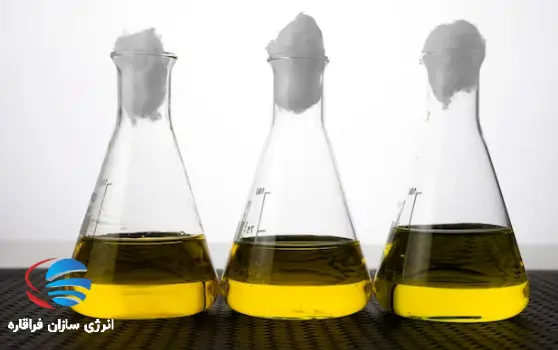
Methanol known as methyl alcohol or wood alcohol, is a colorless and volatile liquid that is very important in various industries and scientific fields. It is one of the simplest alcohols, consisting of a single carbon atom bonded to three hydrogen atoms and a hydroxyl (OH-) group. The purpose of this article is to review the properties, production methods, uses and potential environmental effects of methanol.
Methanol or wood alcohol which is simplest is the most common type of alcohol known by the chemical formula OH3CH.
Methanol from the activity of many types of bacteria is produced aerobically, and as a result, a small amount of methanol vapour enters the atmosphere after several days, it is oxidized by oxygen with the help of sunlight and turns into water and carbon dioxide. Methanol can be released from natural sources (such as emissions from certain plants, as a by-product of the decomposition of organic matter) as well as from human use of methanol as a solvent. Methanol has a low temperature and pirates in the air. As it evaporates into the air, methanol breaks down through a reaction with hydroxyl radicals in the air and has a half-life of about 18 days. Methanol can be removed from the air through precipitation. If released into water, methanol degradation occurs through biodegradation. If methanol is released into soil, it is expected that the methanol will decompose and be susceptible to leaching. Due to the low vapour pressure of methanol, rapid evaporation occurs from dry surfaces.
At the same time, the flame of burning methanol is a color and one should be careful so that its flame does not cause burns. However, methanol is far more toxic than ethanol. With a production of over 20 million tons per year, it is used as a precursor to other chemicals including formaldehyde, acetic acid, the flammable methyl tert-butyl ethergel, as well as a host of more specialized chemicals.
History of Methanol:
Ancient Egyptians used a mixture of substances including methanol in embalming processes obtained from the thermal decomposition of wood. However, pure methanol was first isolated in 1661 by Robert Boyle, when he produced it through the distillation of boxwood. It later became known as "pyroxylic spirit". In 1834, French chemists Jean-Baptiste Dumas and Eugene Polygo determined its elemental composition. They also formed the word "methylene" to methyl" = alcoholic liquid + hȳlē" = forest, wood, timber. "Methylene" was designated a "radical" that was about 14% by weight of hydrogen and contained one carbon atom.
The French chemist Paul Sabatier presented the first process that MayIt can be used to produce methanol artificially in 1905. This process showed that carbon dioxide and hydrogen can react to produce methanol. German chemists Alvin Mittsch and Matthias Pierre, working for BASF, developed a device to convert synthesis gas (a mixture of carbon monoxide, carbon dioxide, and hydrogen) into methanol and received a patent.
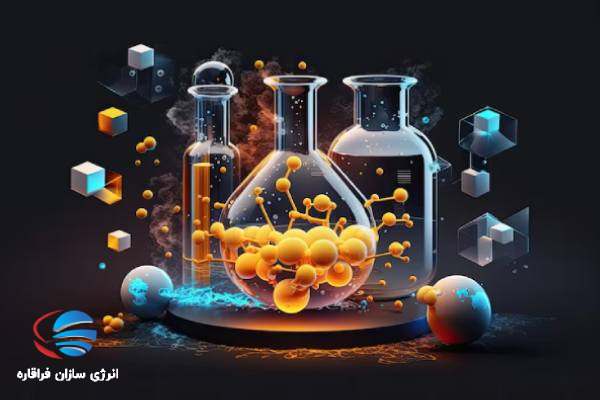
Properties and production of methanol:
Methanol has several remarkable properties that contribute to its versatility The boiling point is approximately 64.7 °C and the density is 0.7918 ³cm/g at 20 °C. Its chemical formula, OH3CH, highlights its composition, which consists of one carbon atom, four hydrogen atoms, and one oxygen atom.
Traditionally, methanol is produced by the destructive distillation of wood became, hence it is called wood alcohol. However, the majority of methanol production today relies on the catalytic reaction of carbon monoxide and hydrogen, known as the synthesis gas process. This process uses natural gas, coal or biomass as feedstock, turning methanol into a versatile and renewable energy carrier.
Methanol production:
Catalysts that can work at low temperatures, such as copper, are used for the effective production of methanol-pressure methanol developed in the late 1960s with Johnson Matthey technology. Natural gas is the most economical and widely used raw material for methanol production. However, other raw materials can also be used. Coal is used as a raw material for the production of methanol, especially in China. In addition, existing mature technologies for biomass gasification for methanol production are being implemented. Methanol used to be produced by the destructive distillation of wood. The modern method of methanol preparation is based on the direct combination of carbon monoxide gas and hydrogen in the presence of a catalyst. Increasingly, syngas, a mixture of hydrogen and carbon monoxide from biomass, is used to produce methanol. In fact, in general, the production of methanol includes seven stages:
1. Feed preparation
2. Synthesis gas production
3. Density of synthesized gas
4. Synthesis of methanol
5. Purification of methanol
6. Steam and condensate system
7. Save Creating and loading
Application of methanol:
Methanol derivatives are used to make a large number of compounds including many important synthetic dyes, resins, drugs, and perfumes. Large amounts are converted to dimethylaniline for dyes and to formaldehyde for synthetic resins. Methanol is used on a limited basis to fuel internal combustion engines, primarily because it is not nearly as flammable as gasoline. Methanol is more difficult to ignite than gasoline and produces only one-eighth as much heat.
In some treatment plants wastewater treatment plants, a small amount of methanol is added to the wastewater to provide a carbon food source for disinfecting bacteria, which convert nitrates to nitrogen to reduce from sensitive aquifer filters.
Methanol is used as a solvent and antifreeze in pipelines and windshield washer fluid In the early 1900s, methanol was used as an antifreeze for car cooling. Also, methanol is a denaturing agent in polyacrylamide gel electrophoresis, which can be used in the production of lighting gel.
When produced from wood or other organic materials, organic methanol (bio-alcohol) is obtained as a renewable alternative and is recommended for petroleum-based hydrocarbons. By using suitable solvents and corrosion inhibitors, low levels of methanol can be used in existing vehicles. Fuel quality directives in Europe allow up to 3% methanol to be mixed with an equal amount of solvents in gasoline sold in Europe. Today, China uses more than one billion gallons of methanol per year as a transportation fuel, both as low-level blends in existing vehicles and as high-level blends in vehicles designed to use methanol fuels.
Peel Direct methanol fuels have unique low temperature and atmospheric pressure performance, allowing them to shrink to unprecedented sizes. This combination, with relatively easy and safe storage and handling of methanol, may enable fuel cell-equipped consumer electronics, such as laptop computers and cell phones.
Methanol is also used as fuel in the oven Camping and sailing are used a lot. Methanol burns well in pressurized burners. Alcohol stoves usually require a little more than a cup to hold fuel. This lack of sophistication makes travellers spend most of their time in the desert or is used as the main raw material in the production of gel (starter file).
Methanol is a common laboratory solvent. Due to its low UV cutoff, especially for spectroscopy Performance Liquid Chromatography (HPLC) and VIS/UV are very useful.
So far, the most common use of methanol is in the manufacture of other chemicals. Approximately 40% of methanol is converted into formaldehyde Then it is used to make other products such as plastic, plywood, paint, explosives and permanent press textiles.
Other chemical derivatives of methanol include dimethyl ether, which replaces chlorofluorocarbons is and used as an aerosol spray stimulant and acetic acid. Dimethyl ether or "DME" can also be mixed with liquefied petroleum gas (LPG) for home heating and cooking, and can be used as a transportation fuel to replace diesel.
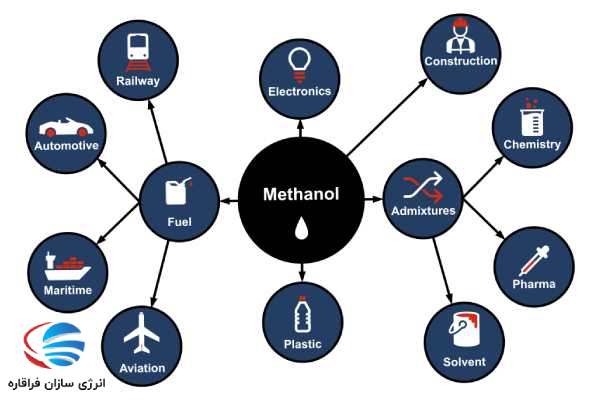
Application of methanol in industry:
Methanol is widely used in various industries due to its unique properties One of its prominent uses is as a raw material in the production of chemicals such as formaldehyde, acetic acid and methyl tributyl ether (MTBE). Formaldehyde, derived from methanol, serves as a vital raw material for the manufacture of resins, plastics and textiles. In addition, the solvent properties of methanol make it suitable for use as a cleaning agent, fuel additive, and antifreeze component. In addition, methanol is recognized as an alternative fuel source. It can be used as a substitute for gasoline in vehicles, providing cleaner combustion and reduced greenhouse gas emissions. Methanol fuel cells are also being explored as a potential energy source for electric vehicles, as they offer high energy density and fast refuelling capabilities.
Methanol is used as antifreeze, solvent and fuel Methanol is also used to fake ethanol, this process is done to make the ethanol that is produced for industrial use undrinkable (in Islamic countries for Sharia issues and other countries for exemption from the tax on the sale of intoxicating substances). Other substances such as pyridine and turpentine are also used.
Methanol in limited form is used as fuel in engines with internal combustion systems. Methanol produced from wood and other organic compounds is called organic methanol or bio-alcohol, which is a renewable source of fuel and can replace crude oil derivatives. However, 100% bio-alcohol cannot be used in diesel cars without changing the car's engine. Methanol is used as an antifreeze solvent and in the preparation of other chemical compounds
40% of the produced methanol is used to prepare formaldehyde can be used in the preparation of plastic, board, paint and explosives. To change the nature of industrial ethanol and prevent its use as a drink, some methanol is added to it. Dimethyl ether is a derivative of methanol that is used as a propellant instead of CFCs in Atrosel sprays.
Methanol is also used in the preparation of acetic acid and methyl tert-butyl ether to be
Use of methanol as fuel:
One of the problems of methanol as a fuel is its corrosion in some metals, including aluminium. Methanol, although a weak acid, attacks the oxide coating which normally protects aluminium from corrosion:
CH3OH + Al2O3 → 2Al (OCH3)3 + 3H2O6
SaltThe resulting methoxides are soluble in methanol, and as a result, a clean aluminium surface is created, which is easily oxidized by some dissolved oxygen. Methanol can also act as an oxidizer:
CH3OH + 2Al → 2Al (OCH3)3 + 3H2O6
This reciprocal process until the metal is lost or concentrated A small amount of OH3CH effectively promotes combustion. Using methanol-compatible materials and fuel additives that act as corrosion inhibitors. Concerns about methanol corrosion have been addressed.
Methanol poisoning:
In humans, methanol is highly toxic. Methanol is toxic by two mechanisms. First, methanol, whether ingested, inhaled, or absorbed through the skin, because of its inhibitory properties like ethanol poisoning can be fatal. Second, in a poisoning process, where it is metabolized to formic acid via formaldehyde in a process initiated by the enzyme alcohol dehydrogenase in the liver. The reaction proceeds to complete formation, leaving no detectable formaldehyde. Methanol poisoning can be treated with ethanol or fompizole antidotes. Both of these drugs act to reduce the activity of alcohol dehydrogenase on methanol through competitive inhibition, so it is excreted through the kidneys rather than being converted into toxic metabolites. Early symptoms of methanol poisoning include depression of the central nervous system, headache, dizziness, nausea, lack of coordination, confusion, and with large enough doses, unconsciousness and death. Early symptoms of methanol exposure are usually less severe than those from ingestion of a similar amount of ethanol. Once the initial symptoms have resolved, another set of symptoms appears 10 to 30 hours after the initial exposure to methanol, including blurred or complete loss of vision and acidosis. These symptoms result from the accumulation of toxic levels of formate in the bloodstream and may progress to death due to respiratory failure. Methanol ester derivatives do not have this toxicity. Mask and gloves should be used when using methanol because they can be absorbed through breathing skin and drinking.

Points to follow when using industrial alcohol:
1-industrial alcohol is usually available in yellow or blue colors toe
2- Industrial alcohol is based on methanol and is toxic
3- Methanol alcohol in the form is a color and it is added to that color to distinguish industrial alcohol from medical alcohol to make the consumer aware of its toxicity.
4- Bottled industrial alcohol PET or plastic bags are available
5- Industrial alcohol is not for health and food consumption
6- Industrial alcohol (methanol) is used for the following purposes:
A- Massaging and staining places, surfaces, tiles, ceramics, and parts and moulds Metals are used
B- Light fuel Alcoholic, laboratory, charcoal and wood igniters
C- fat solvent and scaling and for cleaning and scaling parts of tools and electrical appliances, computers and machines
D- Polishing and brightening surfaces
E- Soot and grease cleaner
7- Keep it in a cool place and out of the reach of children
8- Avoid contact with detached skin
9- Gloves should be used
10- When buying industrial alcohol, make sure that it has a label with detailed specifications, including the address of the factory or the central office, phone number, and operating license of the barcode reader for the use of the device. Barcode reader stores
11- Uses are indicated on the label
12 safety signs (dangerousness and toxicity) must be clearly and legibly indicated
13 - Close the cap of the bottle tightly after consumption to prevent evaporation
Result:
Methanol is a versatile compound with various applications in industries and fields It works in different scientific ways. Its unique properties make it suitable for chemical production, fuel alternatives and scientific research. However, it is necessary to balance its benefits with potential environmental considerations by adopting sustainable production methods and promoting responsible management. By utilizing the potential of methanol while minimizing its environmental impact, we can use this compound as a valuable resource for a sustainable future.
The price of industrial alcohol
The price of lighting gel
fire starter gel production line







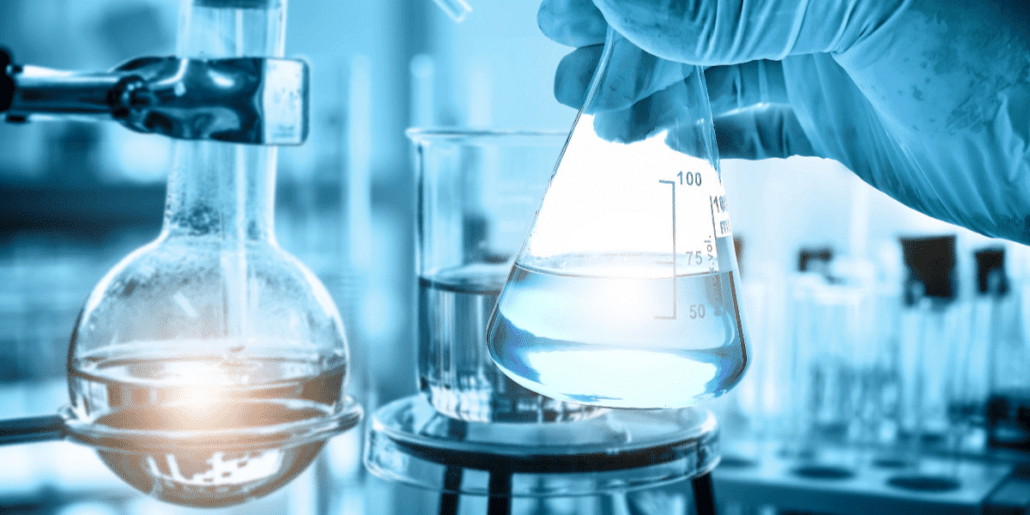
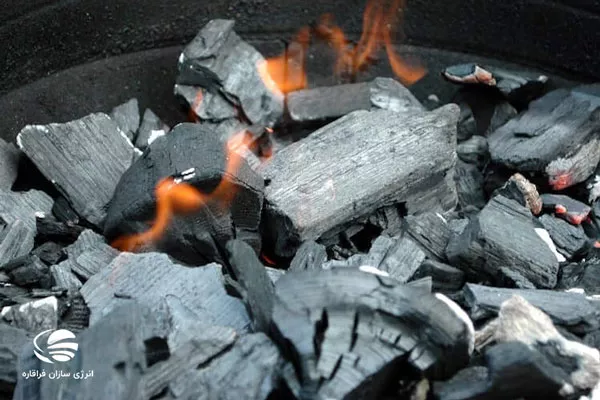
نظرات کاربران